Embark on an adventure through the heart of Africa, where the wild comes alive in a breathtaking display of nature’s wonders.
In this safari guide, we uncover ten iconic animals that you simply cannot miss.
From the towering giraffes to the mighty elephants, discover the unique characteristics and behaviors that make each of these creatures a must-see on any wildlife expedition.
African Elephant
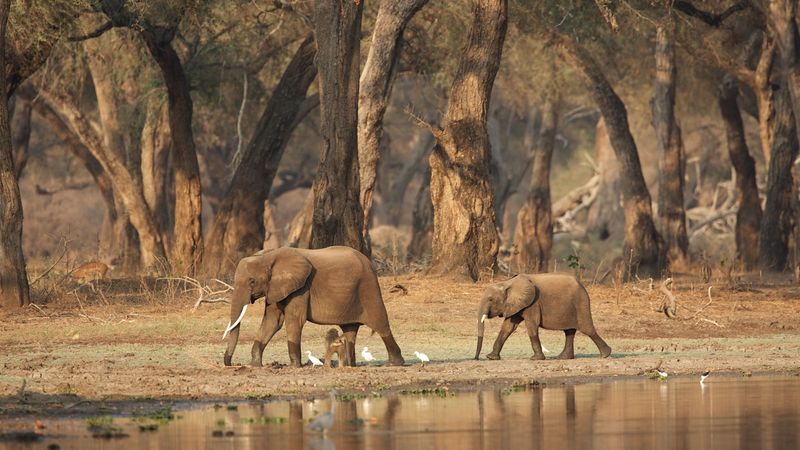
The African Elephant, with its grand stature and gentle eyes, is the largest land animal on Earth. Found in various habitats across Africa, its intelligence and complex social structures are truly remarkable.
With large ears and a long trunk, it navigates the landscape with grace and strength. These gentle giants play a vital role in their ecosystem, helping to shape their environment.
Did you know? Elephants use their trunks for a multitude of tasks, from picking up small objects to communicating with others. Observing them in the wild is a humbling experience.
Lion
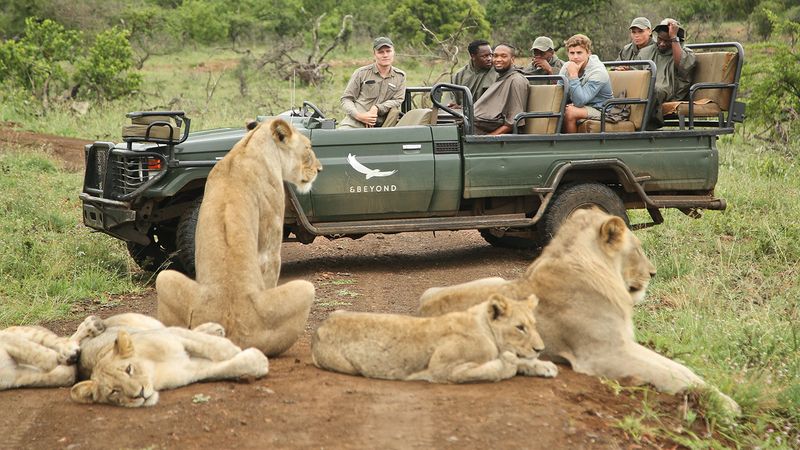
Known as the king of the jungle, the lion exudes power and majesty. Its roar echoes across the plains, signaling its dominion over the territory.
With a pride-led lifestyle, lions are social creatures, relying on teamwork for hunting. The sight of a lion basking in the sun is iconic, symbolizing strength and royalty.
Fun fact: Male lions can spend up to 20 hours a day resting. Their impressive mane is not just for show, but a symbol of maturity and vitality.
Giraffe
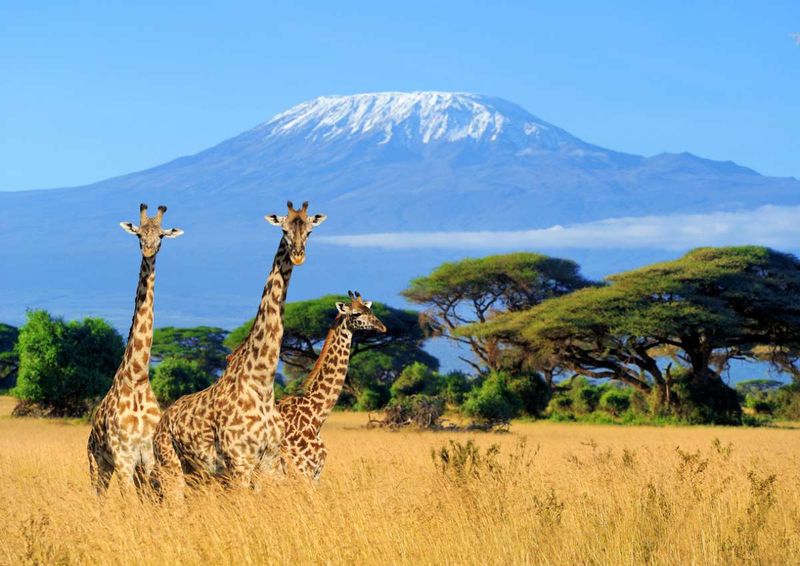
With an elegant neck that seems to touch the sky, the giraffe is a symbol of grace and serenity. Its unique pattern of spots is like a fingerprint, no two are alike.
Giraffes are often seen in small groups, grazing the tops of trees and keeping a watchful eye on their surroundings. Their height gives them an unmatched vantage point.
Did you know? Despite their long necks, giraffes have the same number of vertebrae as humans. Watching them move across the plains is a sight to behold.
Cheetah
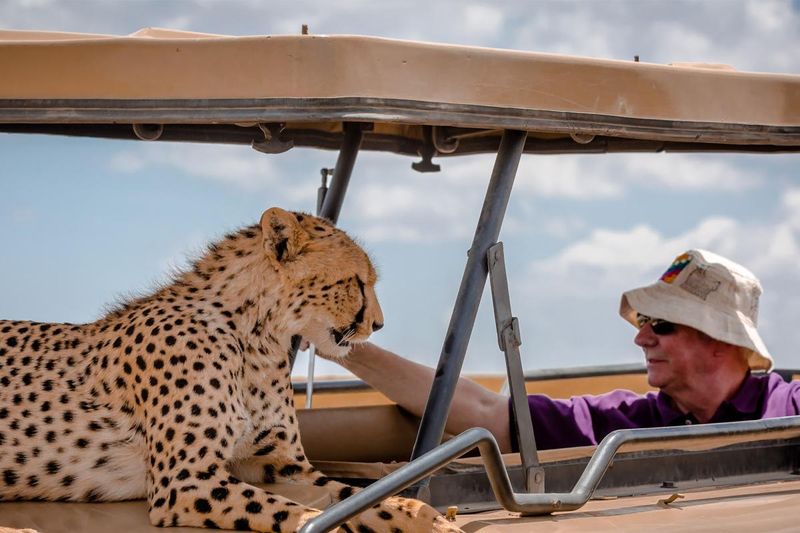
The cheetah, with its slender body and incredible speed, is the fastest land animal. It can accelerate from 0 to 60 mph in mere seconds, making it a formidable hunter.
Spotting a cheetah in action is witnessing nature’s perfect design for speed. Its spotted coat provides the perfect camouflage in the grasslands.
Interesting fact: Unlike other big cats, cheetahs cannot roar but communicate through a series of chirps and purrs. Their agility and grace are unmatched in the animal kingdom.
Rhinoceros
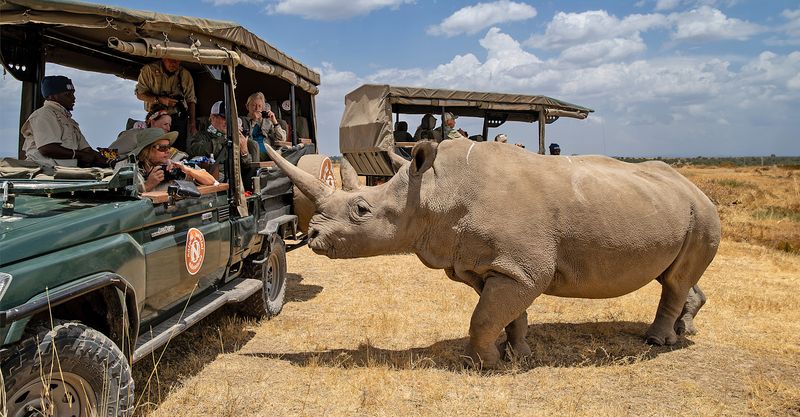
The rhinoceros, with its thick, armor-like skin and formidable horn, is a symbol of endurance and strength. Despite their tough exterior, rhinos are surprisingly agile.
Found in grasslands and savannahs, their solitary and territorial nature makes them a thrilling sight. Rhinos play a crucial role in their ecosystem by shaping vegetation.
Did you know? Rhinoceros horns are made of keratin, the same substance as human nails. Protecting these giants from poaching is crucial for their survival.
Zebra

Zebras, with their striking black and white stripes, are a sight to behold on the African plains. These social animals are always found in herds, relying on each other for safety.
Their stripes are unique to each individual, much like a human fingerprint. This distinctive pattern is believed to provide camouflage and protection.
Fun fact: Zebras communicate with each other through facial expressions and vocal sounds. Their playful nature and close-knit family bonds make them fascinating to observe.
Hippopotamus
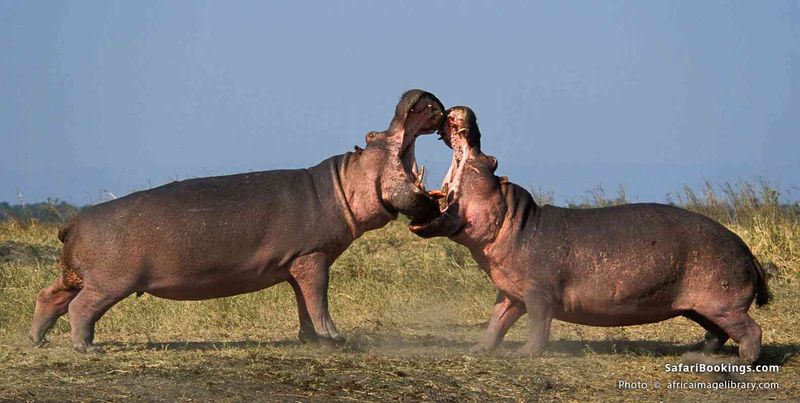
The hippopotamus, often seen lounging in rivers, is one of Africa’s most formidable creatures. Despite their bulk, they are surprisingly agile in water.
With powerful jaws and a territorial nature, hippos are both fascinating and dangerous. Their unique lifestyle, spending most of the day submerged, is a spectacle.
Did you know? Hippos can hold their breath underwater for up to five minutes. Watching their semi-aquatic antics is a highlight of any safari.
Leopard

The leopard, with its elusive nature and stunning rosettes, is a master of ambush. Its ability to climb and thrive both in trees and on the ground sets it apart.
Leopards are solitary creatures, often seen resting on tree branches during the day. Their silent and stealthy movements make them exceptional hunters.
Interesting tidbit: Leopards are known to drag their prey up into trees to avoid scavengers. Their adaptability is key to their success in diverse habitats.
Buffalo
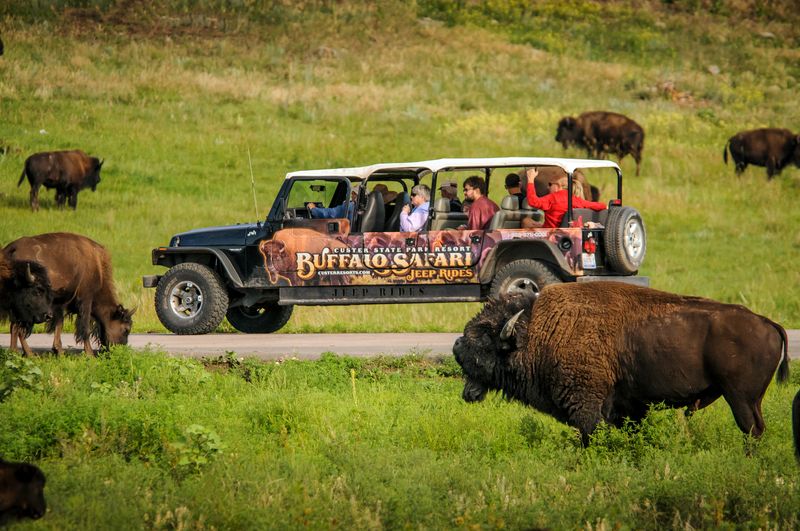
The African buffalo, with its robust build and imposing horns, is a force to be reckoned with. These herd animals are known for their strong social bonds and collective defense strategies.
Buffaloes graze in large groups, often seen moving in unison across the plains. Their unpredictable nature makes them a thrilling encounter.
Did you know? Buffaloes have a keen sense of smell and can detect predators from great distances. Observing their interactions reveals complex social behaviors.
Gorilla

Deep in the forests, the gorilla stands as a symbol of strength and intelligence. These gentle giants share 98% of their DNA with humans, making their interactions fascinating.
Gorillas live in close family groups, led by a dominant silverback. Observing their communication and play is a rare and enlightening experience.
Fun fact: Gorillas have unique fingerprints just like humans. Protecting their habitats is crucial for their survival. Witnessing them in their natural environment is unforgettable.

